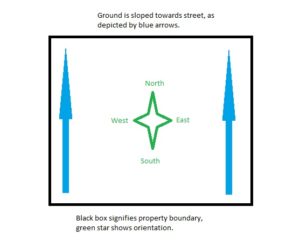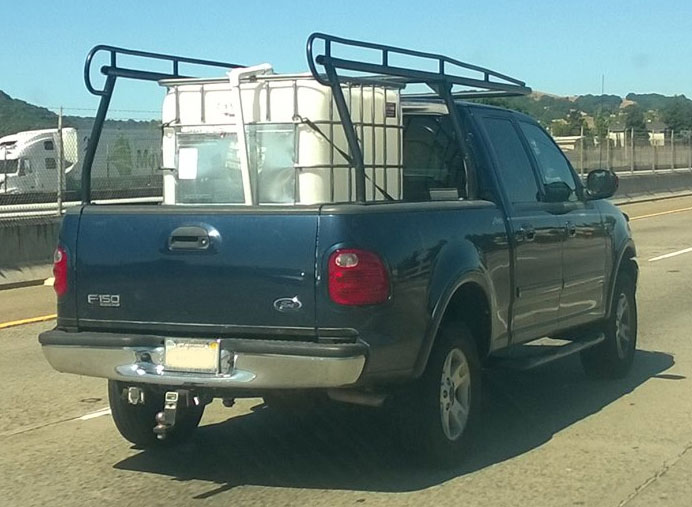 In our article titled “Why do we talk about rainwater harvesting?”, 8 principles of rainwater harvesting are discussed, as noted from the book titled “Rainwater Harvesting For Drylands and Beyond” written by Brad Lancaster.
In our article titled “Why do we talk about rainwater harvesting?”, 8 principles of rainwater harvesting are discussed, as noted from the book titled “Rainwater Harvesting For Drylands and Beyond” written by Brad Lancaster.
These principles are:
- Begin with Long and Thoughtful Observation
- Start at the Top – or Highpoint – of Your Watershed and Work Your Way Down
- Start Small and Simple
- Spread and Infiltrate the Flow of Water
- Always Plan for an Overflow Route, and Manage That Overflow Water as Resource
- Maximize Living and Organic Groundcover
- Maximize Beneficial Relationships and Efficiency by ‘Stacking Functions’
- Continually Reassess Your System: The ‘Feedback Loop’
These principles were put to use to find the best place on my property to build an infiltration basin.
My property is sloped towards the street with my house sitting about 3′ higher than the road out front. It also is sloped southeast to northwest, so water from the back east corner naturally flows to the front north west corner.
Drainage systems with intent of letting water percolate into the ground are encouraged to be at least 10 feet away from any housing foundation. This rule of thumb was modified to be 8 feet away, but to be safe I went with 12.5 feet.
I also wanted to avoid any possibility of running into utility lines like power, natural gas, sewer or water pipes. I’ve dug around my property before and I know the natural gas and power lines are on the west side of the house and the water and sewer pipes are in the north middle of the property. This left me with the north east side of the property.
If you don’t know the location of the utilities at your house or property, Call 811 before you dig. Someone will come out and mark your utilities for you.
The area I’m left with is a low foot traffic area between my property and my neighbors and it is covered in plants. The roots of these plants would benefit from any kind of rainwater percolation. My neighbors trees are also mature and their roots are very easily distinguishable in the ground.
Building the infiltration basin in an area where plants and trees can utilize the water resource is ideal. The location picked out would be perfect. A drawing of my property and my neighbors property is shown below.
Yes, you’re reading this right, my neighbors downspouts drain to a common drain line that sits on my property, thus my responsibility. I did talk to my neighbor about doing this project and they were cool with it.
Now that I know where I want to build it, the next task is getting the design of the infiltration basin together.






Leave a Reply